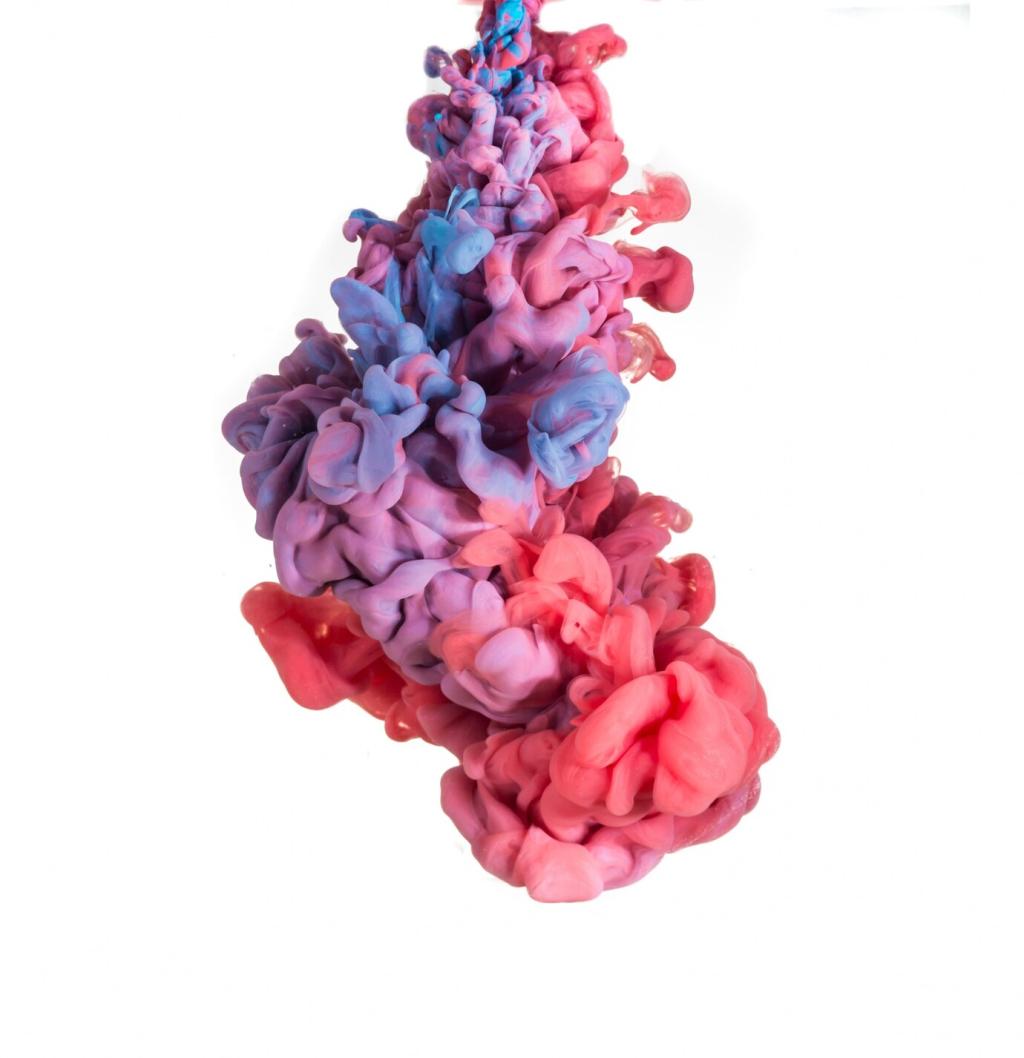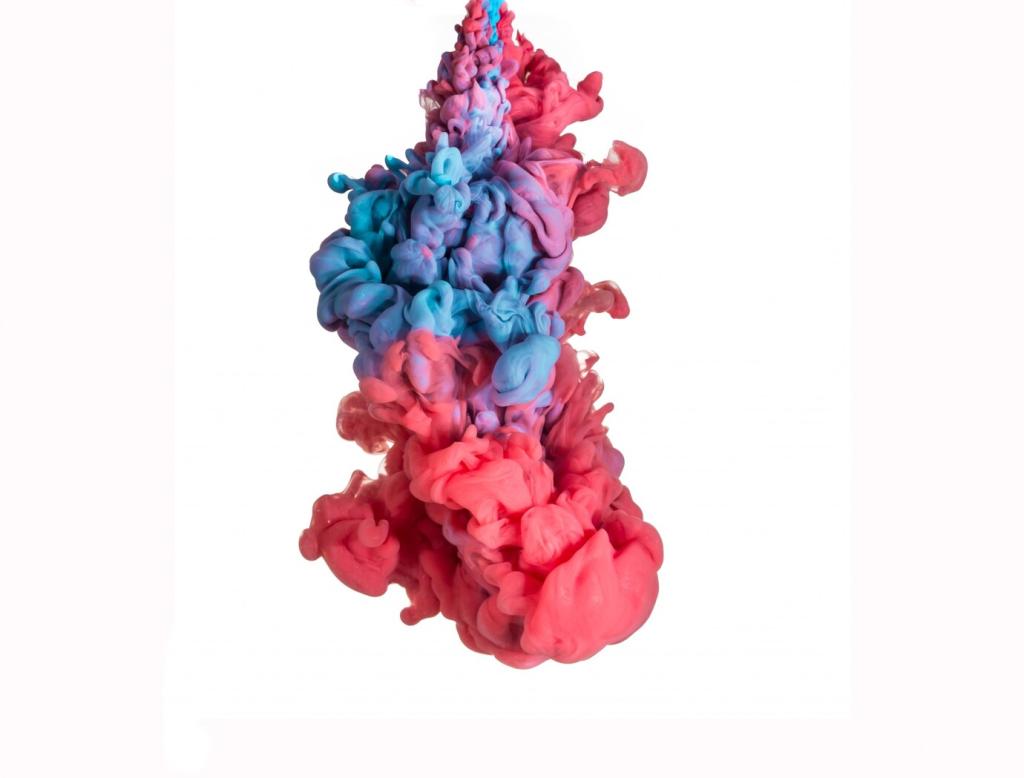Selecting the right furniture colors goes beyond aesthetics; it plays a significant role in shaping the emotional landscape of your living or working space. The psychological impact of color is well-documented, influencing mood, productivity, relaxation, and even interpersonal interactions. Crafting a harmonious atmosphere through thoughtful color choices in your furniture can support emotional balance, reduce stress, and enhance the overall sense of well-being. Understanding the principles behind color psychology and how they interact with personal preferences and the unique characteristics of each room creates a foundation for healthier, happier interiors.

Warm colors such as reds, oranges, and yellows are often associated with energy, positivity, and vitality. Incorporating these hues into furniture choices can create spaces that encourage social interaction and stimulate conversation. Warm tones have the potential to make large rooms feel cozier, drawing people together and fostering a sense of shared experience. However, it’s important to balance the intensity since overly vivid warm colors might become overwhelming or induce feelings of restlessness if used too abundantly. The strategic placement of warm-colored furniture allows homeowners to harness their uplifting qualities without overpowering the senses, helping to maintain emotional equilibrium in active living spaces.

Cool colors such as blues, greens, and purples bring about a sense of calmness and tranquility, making them ideal for rooms designed for relaxation or focused work. These shades have a universal reputation for lowering stress and promoting serenity, which can be particularly beneficial in bedrooms, home offices, or reading nooks. Integrating furniture in these colors helps create a peaceful environment that encourages unwinding after a long day or supports quiet concentration. While cool colors can make a room feel more spacious and airy, the key is to incorporate them thoughtfully to avoid inadvertently making the space feel cold or unwelcoming.

Neutral tones—beiges, taupes, grays, and creams—offer remarkable flexibility, forming a stable backdrop that complements a broad range of accent colors and decorative styles. Selecting furniture in neutral shades sets a tone of understated elegance and timelessness, promoting sustained comfort and mental clarity. These hues work well in nearly any environment, neither overwhelming the senses nor fading into insignificance. When paired with more vibrant accents or textures, neutral-colored furniture supports balanced energy, allowing for easy mood adjustments through smaller decorative elements. This adaptability makes neutrals a practical choice for those seeking emotional steadiness and visual harmony.
Personal Preferences and Emotional Resonance
Honoring Individual Emotional Responses
Everyone brings unique emotional associations to different colors, often rooted in childhood memories, cultural background, or personal taste. A shade that soothes one individual might agitate another, and vice versa. When selecting furniture colors, pay close attention to how particular hues make you feel. Trusting instinct as much as established theory ensures that the final choices create a truly supportive and nurturing space. Whether drawn to the softness of pale blue, the comfort of rich browns, or the joyfulness of sunny yellow, allowing personal feelings to guide color selection can have a profound impact on daily contentment.

Room Functionality and Appropriate Color Choices
Living rooms and other communal areas benefit from furniture colors that invite conversation and togetherness. Warm hues, such as earthy reds or gentle corals, can energize the space and promote sociability. However, moderation ensures that the environment remains welcoming rather than overwhelming. Alternatively, a blend of neutrals accented with subtle pops of inviting colors offers both versatility and comfort, supporting meaningful connections without sacrificing tranquillity. The goal is to cultivate a setting where family and guests alike feel immediately at ease, encouraging positive interaction and emotional uplift throughout shared experiences.

